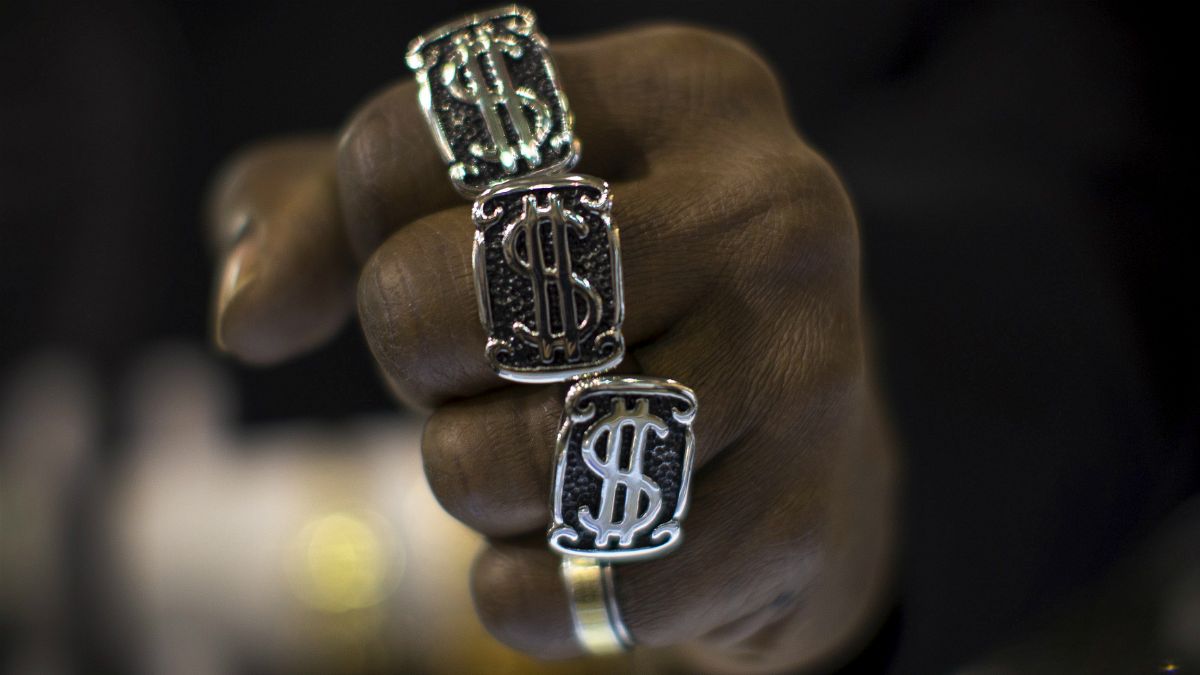The Federal Reserve, the US central bank, is poised to announce it will raise interest rates for the first time since 2006. This announcement is seen by some as a sign the world’s largest economy has overcome most of the wounds of the global financial crisis.
Which interest rates are we talking about?
The interest rate of a central bank usually means the cost for commercial banks to borrow money from their national central bank, or between private banks. There are several types of interest rates set up by central banks, depending on the commercial banks’ needs. For instance, repo rates set up the cost for loans up to a week long, also known as repurchase agreements. Overnight rates are, well, for overnight borrowing.
Now, the Fed is considering hiking the effective federal funds rate, the interest rate at which the depository institutions actively trade balances held at the Federal Reserve.
This rate has been close to zero since 2008, meaning borrowing money for commercial banks was extremely affordable, as very little interest had to be paid.
SourceToday markets are prepared for an initial 25 basis point “lift-off” that would move the Fed’s target rate from zero to a range of between 0.25 and 0.50 percentage points, Reuters reports.
What does it matter for me?
Commercial banks, as for-profit organisations, hope to sell at a higher price than what they bought at. Right now, they borrow cheaply from the Fed and lend, that is ,sell credit to individuals, businesses and organisations, for a higher price.
After this hike, customers of US commercial banks will see the interest rates of their own credits (house mortages, student loans, etc.) raise, more or less depending on the kind of credit they have with their banks.
Why does the Fed wants to end ‘cheap money’?
The Fed lowered its rates to historic lows, close to zero, after the 2008 economic crisis to refinance banks and restart the economy by stimulating demand via cheap credits.
But it is not without risks:
- It can create speculation bubbles which can trigger new crises
- If a bubble bursts when interest rates are low, the Fed doesn’t have any monetary tool left to jumpstart the economy any longer
- More money in the economy means risks of inflation, which can slow down demand and the economy. The Fed would like to keep US inflation under two percent
- Very low interests means savers receive hardly anything from their savings accounts.
Why now?
The US economy seems to be back on track: there’s stable growth for the last seven years and unemployment has declined. This has led Fed Chair Janet Yellen to state that “many” Fed members thought it was now time to raise rates. Furthermore, they are signs that the underlying strength of the U.S. consumer-led economy would continue even after a rate rise, Reuters reports.
In the days to come the Fed will have to prove that a new set of tools for managing interest rates will work as expected, according to the news agency; see how higher US rates affect domestic and global financial conditions; and hope that weak world demand and commodity prices do not lead to an overall bout of deflation and force the Fed to reverse course.
To be considered a success, the Fed needs its rate hike to be followed next year by continued U.S. growth, continued low unemployment, and, perhaps most in doubt, a hike in inflation.
The rate hike will separate the Fed from major central banks in Tokyo, Frankfurt, Beijing and elsewhere that are all battling to stimulate their economies and generate growth. In Europe, the first affected will probably be the British, as the Bank of England is expected to follow the Fed and raise rates as well. The ECB however does not seem inclined to imitate them.
